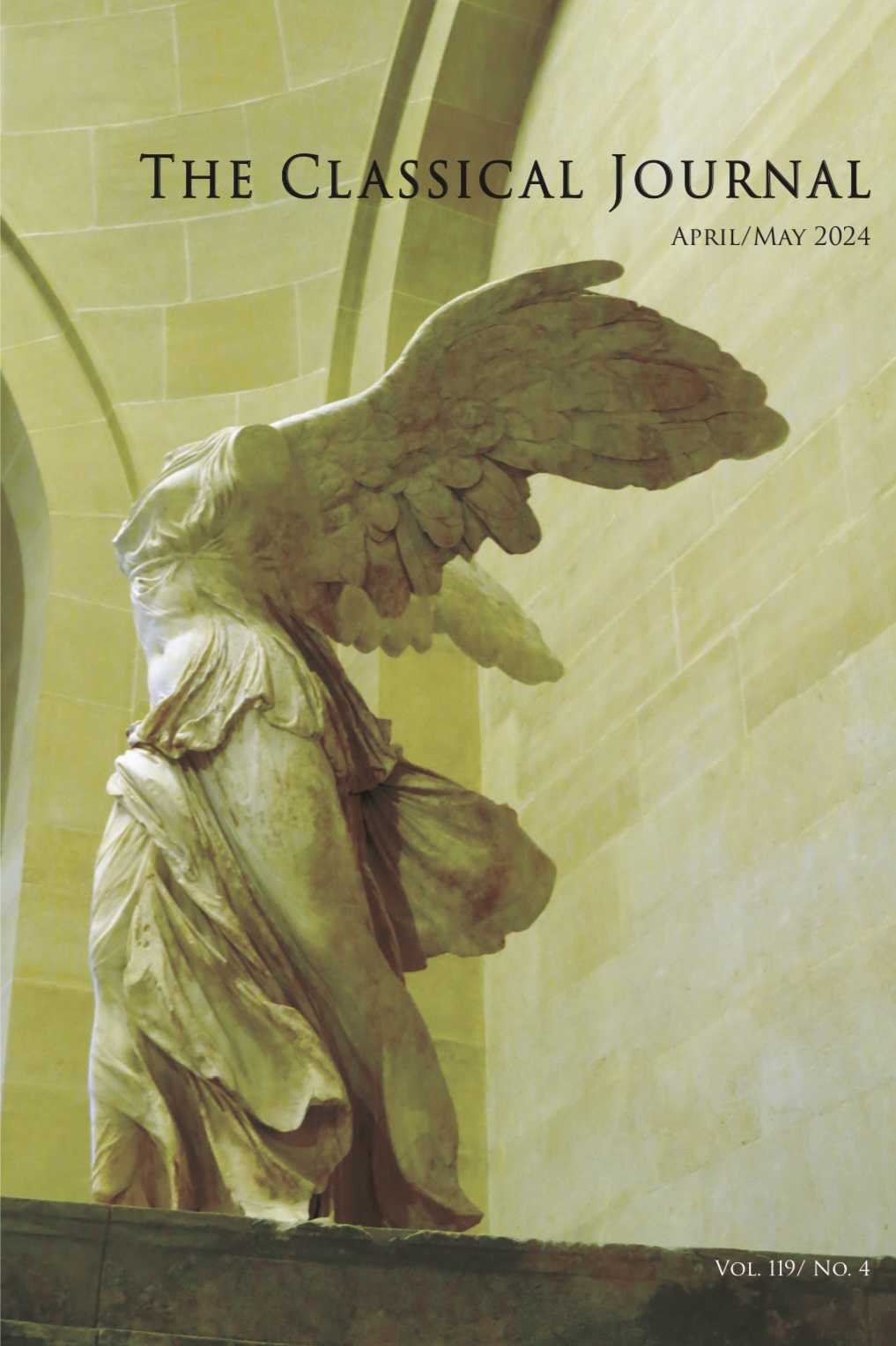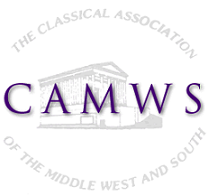The following articles are contained in CJ
104.4
Abstracts of Articles
SUPPLIANT DANAIDS AND ARGIVE NYMPHS IN AESCHYLUS
Deviant features of the supplication scene in Aeschylus? Suppliants allude to the Danaids? role as Argive nymphs, developed in the accompanying satyr play Amymone and in fr. 168 from Aeschylus? Semele.
LYRIC, HISTORY AND IMAGINATION: HORACE AS HISTORIOGRAPHER (C. 2.1)
When the tragedian Asinius Pollio turns to writing history, Horace plays the critic and contrasts Pollio?s dual talents (tragedy to history) with his own loyalty to the lyric Muse. Horace first defines historiography (1?8), then exposes its weaknesses (13?28) and demonstrates that he can counter its deficiencies (29?36). Horace does not reject historical-tragic themes and techniques outright. Instead, his song argues that lyric is ?grand? enough to encompass both history and tragedy.
MAGNA PERSEIS: A NOTE ON VALERIUS FLACCUS, ARG. 7.238
This paper examines the phrase magnae Perseidos (Arg. 7.238), arguing that it refers to Circe.


